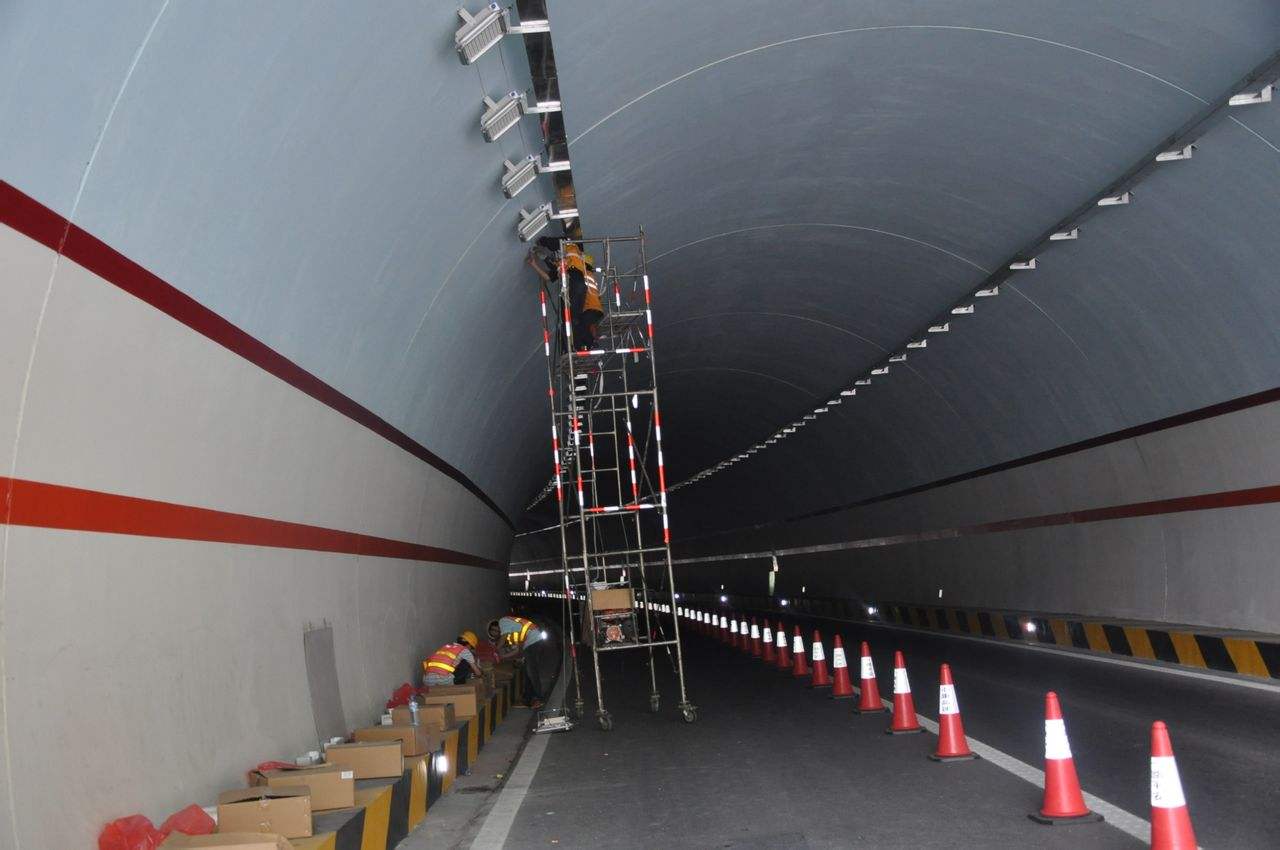
The laying method has the advantage of large capacity and generally adopts a concrete structure.
The cable is laid in the air, and the cable has a large current carrying capacity and can be entered into a small or small machine, a book cable structure, and the outer cable protection is excellent.
For fully enclosed cable structures, tunnels generally have better monitoring equipment. The detection of temperature, humidity, and gas is perfect, and the requirements for anti-theft, waterproof, and fireproofing are guaranteed.
Although the construction of power cable tunnels has a large investment, long construction period, high consumption of construction materials, and brings a large number of problems such as ventilation, fire prevention, and water leakage prevention, it has the following advantages:
1 Substantially reduce the road section (corridor) occupied by the cable line.
2 Reduces external damage and mechanical damage to cables.
3 Eliminate chemical corrosion of the protective layer caused by harmful substances in the soil.
4 Inspection or replacement of cables is quick and easy.
5 New cables can be added at any time, and it is not necessary to dig up the road.
The tunnel has a large open area, which has a great impact on municipalities such as traffic and shops.
Especially in urban densely populated areas, construction protection needs to be safe and reliable, and the cost of dark excavation is high. Construction in the city.
According to the long-term development, the use of tunnels is generally 100 years.
According to the current investment considerations, the cost of tunnels for 100 years is more economical and reliable than other installations, but the investment in the previous period is relatively large.
This requires multi-party coordination to realize the 100-year plan for power companies.
For the four common high-voltage power cable laying methods, the direct burial and pipe laying methods have small excavation face, low investment, poor protection under direct burial mode, and large current loss in pipe laying mode; cable trench, and tunnel laying mode The excavation surface is larger and the investment is larger, but the outer protection is better and the current loss is smaller.
If it is only a short-term project and the funds are tight, the cable can be laid by the combination of the pipe and the cable trench to meet the needs of the current ten to twenty years.
If the current funds are relatively abundant, the high-voltage power cable should be laid by tunnel laying. To meet the power needs of the next century.
In newly built or rebuilt roads where the pipe position is tight and there are many conflicts with other pipelines, the open cut pipe (referred to as the pipe exhaust pipe) should be preferentially arranged according to the number of planned circuits, and a small number of sections that cannot be used for open cut construction can be opened. Digging pipe (referred to as pull pipe) or non-excavation pipe jack (referred to as pipe jacking).
When more cables through the city streets, direct burial is on the cable pressure, and not suitable for the construction of cable trenches and tunnels.
A cable duct can be built, and the cost is lower than the tunnel, but also has many advantages of the tunnel, but also does not have to consider the fire problem.
This is a new form of cable installation in the plant, especially in power plants or chemical plants with many pipelines, the construction of cable trenches has been very difficult, and often because of the hot pipeline running steam, running water, and damage to the cable.
Therefore, in the plant take the cable tray overhead installation to replace the cable trench.
Due to the development of plastic cable in recent years, the weight of the cable is reduced, and the cable hanging on the suspension line or fixed in the way the tower is gradually applied.
Overhead cable and buried in the ground compared to the cable, vulnerable to the outside world, and not beautiful enough, but the construction costs are lower.